Integrated Aquaculture Systems for Selling Fresh Fish and Organic Vegetables Together
Integrated Aquaculture Systems (IAS) offer a sustainable and innovative solution to food production by combining fish farming with organic vegetable cultivation. This mutually beneficial approach promotes efficient use of resources but also creates a unique selling proposition for farmers looking to simultaneously deliver fresh fish and high-quality vegetables. In this article, we will explore the ins and outs of Integrated Aquaculture Systems, its benefits, and how you can apply this system to create a profitable venture.
What Are Integrated Aquaculture Systems?
Integrated Aquaculture Systems refer to a farming method that combines aquaculture (farming fish and other aquatic organisms) with the cultivation of plants, often in a symbiotic relationship. The fish and plants interact to benefit both parties, resulting in a more sustainable and productive system. The fish waste serves as a natural fertilizer for plants, while plants help filter and purify the water, creating a balanced ecosystem that reduces the need for chemical fertilizers and pesticides.
This system works well because it mirrors natural ecosystems, where animals and plants coexist and support each other. Farmers can reduce environmental impact, increase productivity, and achieve greater economic returns by integrating aquaculture with vegetable farming.
The Concept of Sustainability in IAS
Sustainability is a key principle in Integrated Aquaculture Systems. By harnessing the power of natural processes, IAS offers a more environmentally friendly alternative to traditional farming methods. Here’s how:
- Waste Recycling: In IAS, fish waste is converted into plant nutrients, minimizing the need for artificial fertilizers. This reduces pollution and the consumption of non-renewable resources.
- Water Efficiency: Water used in aquaculture is recirculated through the plant cultivation system, leading to significant water conservation. In contrast to traditional agriculture, which uses large quantities of water, IAS allows more efficient use of this precious resource.
- Reduced Chemical Use: Since the system minimizes the need for synthetic fertilizers and pesticides, the end products, fish and vegetables, are often organic and free from harmful chemicals. This results in healthier produce and a cleaner environment.
- Biodiversity: Integrating different species of fish, plants, and sometimes other aquatic organisms can enhance biodiversity. This diversity helps create a more resilient system that is less susceptible to disease or environmental changes.
How Integrated Aquaculture Systems Work
The basic concept in an Integrated Aquaculture System involves two primary components: the fish tank and the vegetable beds or growing areas. Here’s how it works:
- Aquaculture Component: Fish, such as tilapia, catfish, or trout, are raised in tanks. As the fish eat and grow, they produce waste, which contains nutrients like nitrogen and phosphorus. These nutrients benefit plant growth but can cause problems if left unchecked in traditional aquaculture systems, leading to pollution and degradation of water quality.
- Plant Cultivation Component: The nutrient-rich water from the fish tanks is pumped into plant-growing areas, where crops like lettuce, tomatoes, herbs, and leafy greens can thrive. The plants absorb the nutrients from the fish waste, purifying the water in the process.
- Water Recirculation: Once the plants have filtered the water, it is returned to the fish tanks, completing the cycle. This reduces the need for frequent water changes, typically high-cost and resource-intensive practices in conventional aquaculture.
This integration ensures a cleaner environment and maximizes land and water usage, which is especially beneficial for small-scale or urban farming operations.
Key Benefits of Integrated Aquaculture Systems
- Increased Productivity: By producing both fish and vegetables, IAS systems enable farmers to diversify their income streams. This maximizes the use of available land and provides a reliable source of protein and vegetables for local markets.
- Enhanced Profitability: While initial setup costs for an IAS may be higher due to infrastructure and equipment needs, the return on investment can be significant. The ability to sell fresh, organic produce alongside fish increases the marketability of the farm’s products. Consumers are increasingly interested in sustainably produced, local, and organic goods.
- Lower Environmental Impact: As mentioned earlier, IAS systems reduce the need for external inputs such as chemical fertilizers, pesticides, and water. This makes them more eco-friendly than conventional farming and aquaculture practices.
- Energy Efficiency: IAS systems can optimize energy use by integrating fish farming and plant cultivation. The systems are designed to operate in a closed-loop cycle, reducing the need for energy-intensive water treatments or additional nutrient inputs.
Tips and Tricks for Mastering Integrated Aquaculture Systems
Successfully operating an Integrated Aquaculture System (IAS) requires a combination of scientific knowledge, practical skills, and strategic planning. Below are some meticulously crafted insights and rarely discussed strategies to ensure your system flourishes beyond conventional expectations.
1. Opt for Resilient and High-Yield Fish Species
The cornerstone of a thriving IAS lies in selecting aquatic species that are not only resilient but also prolific in nutrient output. Conventional choices like tilapia and catfish are popular, but for those seeking a competitive advantage, consider the following:
- Pacu (Piaractus brachypomus): This Amazonian species is adaptable to fluctuating water conditions and produces high-nutrient waste, which is ideal for plant nourishment.
- Barramundi (Lates calcarifer): Prized for its rapid growth and premium market value, it thrives in fresh and brackish water environments.
- Mud Carp (Cirrhinus molitorella): A lesser-known yet highly efficient species, mud carp generates nutrient-dense waste while remarkably tolerating low-oxygen environments.
Beyond species selection, adopting a multitrophic approach where multiple fish species with complementary ecological roles coexist can enhance nutrient cycling efficiency and overall system stability.
2. Cultivate Rare and High-Value Crops
Many aquaponic farmers default to common leafy greens, but diversifying into high-value crops can set your operation apart. Consider these lesser-explored options:
- Ginseng (Panax spp.): A slow-growing medicinal herb commanding premium market prices. When cultivated in a controlled aquaponic system, its root quality can surpass that of soil-grown counterparts.
- Wasabi (Eutrema japonicum): Known for its stringent growth requirements, wasabi flourishes in aquaponic setups with well-regulated water temperatures and nutrient delivery, making it a lucrative niche product.
- Vanilla Orchid (Vanilla planifolia): Though demanding in humidity and support structures, aquaponic vanilla cultivation is an untapped opportunity for high-profit yields.
Diversification into such crops enhances revenue potential while expanding market reach beyond standard consumers.
3. Engineer an Optimized Microbial Ecosystem
Many aquaponic systems fail due to neglecting microbial balance. Beneficial bacteria convert ammonia-rich fish waste into bioavailable nutrients for plants, making microbial health the silent powerhouse behind system efficiency. To cultivate a superior microbial ecosystem:
- Utilize Biofilm Reactors: Implement submerged surfaces where bacteria colonies can thrive, accelerating the conversion of fish waste into plant nutrients.
- Incorporate Mycorrhizal Fungi: These symbiotic fungi enhance plant root nutrient absorption, promoting faster growth and resilience against environmental stressors.
- Regularly Seed Probiotic Cultures: Introducing probiotic strains like Bacillus subtilis can mitigate harmful bacterial overgrowth while improving nutrient breakdown efficiency.
4. Master Water Parameter Fine-Tuning
The traditional aquaponic approach focuses on broad-spectrum water quality metrics. However, achieving precision water chemistry optimizes both fish vitality and plant vigor. Consider:
- Redox Potential Monitoring: Maintaining an oxidation-reduction potential (ORP) between 250 and 300 enhances biofiltration efficiency and mitigates pathogen risk.
- Dynamic Mineral Supplementation: Regularly adjust trace minerals such as iron (Fe), magnesium (Mg), and molybdenum (Mo) to prevent micronutrient deficiencies that hinder plant productivity.
- pH Stratification Management: Implement slightly alkaline pH zones for fish comfort while maintaining localized acidic pockets in plant root zones for optimal nutrient uptake.
5. Implement a Tiered Expansion Strategy
Scaling an IAS too hastily often results in system collapse. Instead of linear scaling, adopt a tiered expansion model:
- Phase 1 – Micro-Scale Testing: Operate a compact test system to monitor plant-fish interactions, nutrient cycling, and microbial balance.
- Phase 2 – Medium-Scale Optimization: Introduce additional plant varieties and adjust fish stocking densities to fine-tune nutrient exchange efficiency.
- Phase 3 – Large-Scale Diversification: Integrate secondary revenue streams such as live fish sales, organic fertilizer production from solid waste, or specialty crop branding.
A gradual tiered expansion minimizes risks while allowing real-time adaptation to system-specific challenges.
6. Decode Consumer Psychology to Maximize profitability
Beyond efficient production, commercial success hinges on consumer perception and strategic market positioning. To elevate profitability:
- Leverage Experiential Selling: Consumers pay premium prices for immersive experiences. Establish “farm-to-table” partnerships with restaurants or offer guided aquaponic tours to create brand loyalty.
- Tap Into the Superfood Market: Position your organic produce and fish as “superfoods” by emphasizing nutritional benefits in branding efforts.
- Utilize Subscription Models: Introduce CSA (Community Supported Agriculture) memberships where customers receive weekly fresh fish and vegetable boxes, ensuring consistent revenue streams.
7. Fortify System Resilience Against External Stressors
Aquaponic systems are vulnerable to fluctuations in temperature, pests, and seasonal changes. To future-proof your operation:
- Employ Climate-Control Strategies: Utilize thermal mass storage (e.g., water barrels) to buffer temperature swings and reduce energy reliance.
- Deploy Integrated Pest Management (IPM): Introduce predatory insects, such as ladybugs or parasitic wasps, to naturally control pest populations without harming fish.
- Prepare for Market Volatility: To mitigate demand fluctuations, have backup sales channels (e.g., wholesale distributors, farmers’ markets, and direct-to-consumer platforms).
Challenges of Integrated Aquaculture Systems
While Integrated Aquaculture Systems offer numerous advantages, they are not without challenges. Some of the common obstacles include:
- Initial Setup Costs: An integrated system can be expensive and requires specialized infrastructure such as tanks, pumps, and filtration systems. However, these costs can be recouped over time as the system becomes more productive.
- Knowledge and Expertise: Operating an IAS requires knowledge of both aquaculture and agriculture. Farmers must be skilled in managing both components simultaneously, which can be a steep learning curve for newcomers.
- Pest and Disease Management: While IAS systems reduce the need for chemical pesticides, they still require attention to potential pest infestations or diseases that could affect fish or plants. Regular monitoring and a proactive approach are key to maintaining a healthy system.
Conclusion
Integrated Aquaculture Systems represent a powerful solution for producing fresh fish and organic vegetables sustainably and efficiently. By creating a symbiotic relationship between fish farming and plant cultivation, IAS reduces waste, conserves water, and promotes the production of healthy, high-quality food. IAS offers a promising opportunity for success for farmers looking to diversify their operations and tap into the growing demand for sustainable food. However, success in this field requires careful planning, a deep understanding of the system, and ongoing management to ensure the long-term viability of the operation. With the right approach, Integrated Aquaculture Systems can transform how we think about food production and contribute to a more sustainable future.
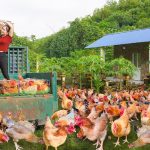
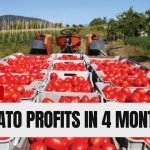
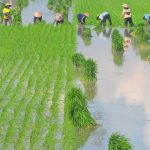
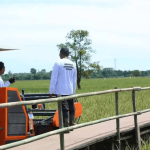
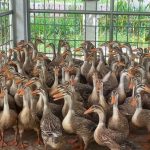
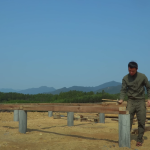

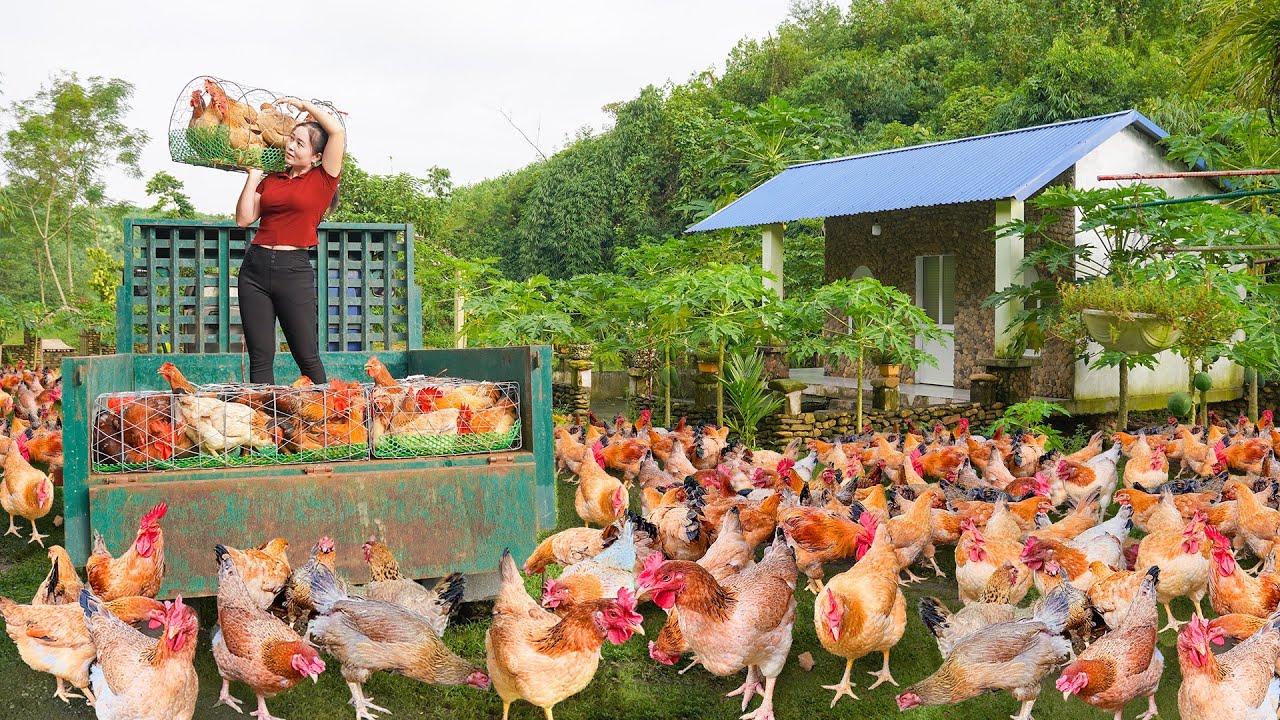

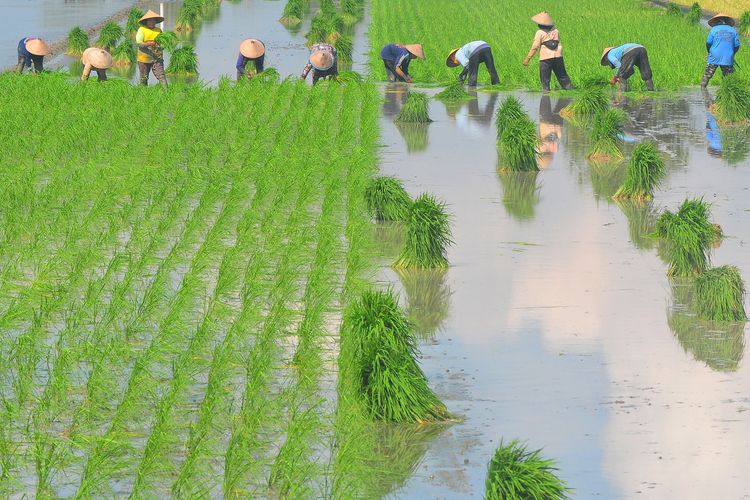
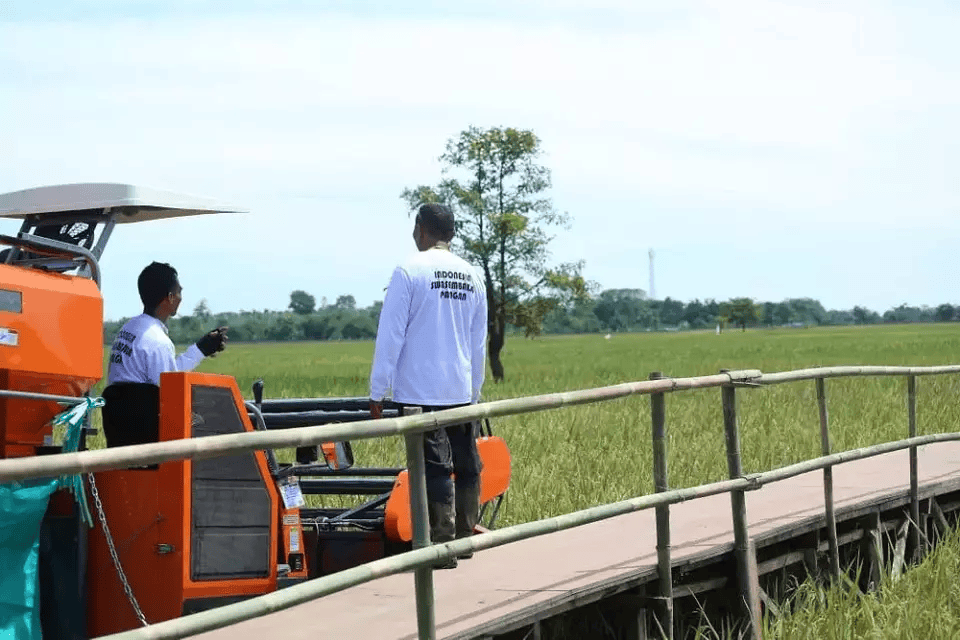
Nice!!!
Greatt !!
https://kreatifsejati.biz.id